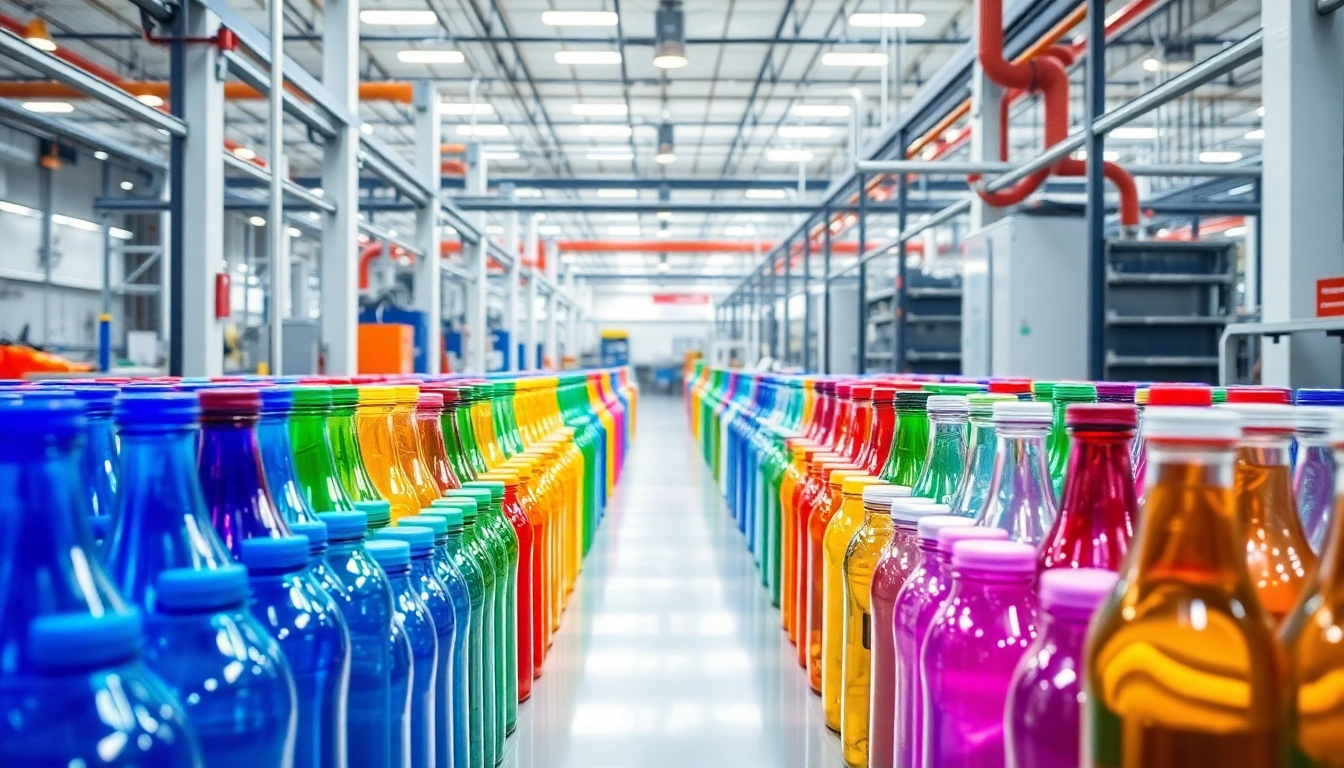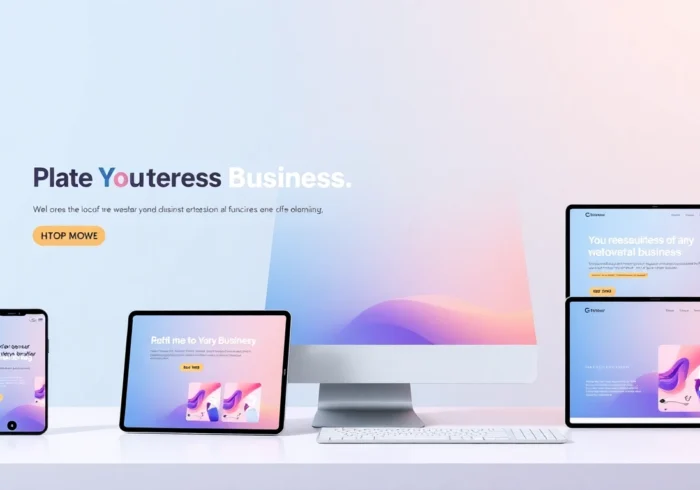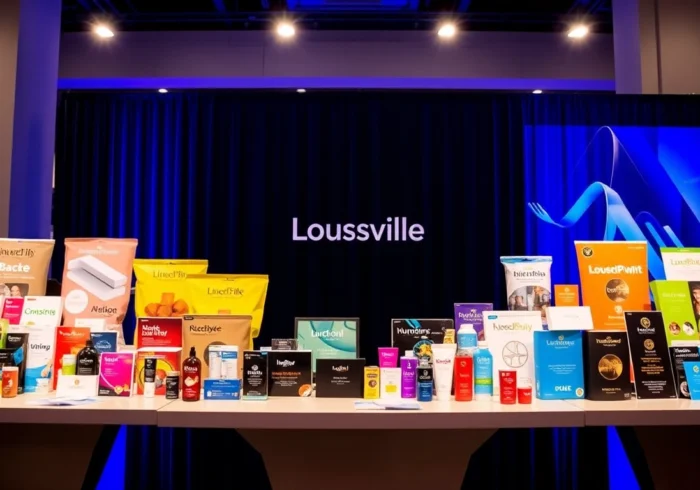Understanding Plastic Bottles: Types and Applications
Plastic bottles are ubiquitous in today’s consumer landscape, serving as essential containers for beverages, chemicals, cosmetics, and various other products. Their popularity stems from several advantageous properties, including lightweight design, cost-effectiveness, and versatility. When researching packaging options or developing a brand’s product line, exploring the different types of plastic bottles and their applications becomes crucial. For an in-depth overview, you can learn more about plastik şişe and how it impacts packaging solutions worldwide.
Common Plastic Bottle Varieties and Their Properties
Plastic bottles come in a variety of types, each engineered to meet specific needs based on chemical composition, durability, and recycling codes. The most prevalent varieties include PET (Polyethylene Terephthalate), HDPE (High-Density Polyethylene), LDPE (Low-Density Polyethylene), PP (Polypropylene), and PVC (Polyvinyl Chloride). Each type offers distinct advantages and limitations:
- PET (Type 1): Known for clarity, strength, and barrier properties, PET bottles are predominant in beverage packaging such as water, soda, and juice. They are lightweight, recyclable, and have a high resistance to impact and temperature variations.
- HDPE (Type 2): Highly durable and resistant to chemicals, HDPE bottles are commonly used for milk, cleaning products, and shampoos. They are less transparent but excellent for containing viscous or chemical solutions.
- LDPE: Typically used for squeezable bottles, such as for condiments or medicinal syrups. It offers flexibility and good sealing qualities.
- PP (Type 5): Often used for yogurt containers, medicine bottles, and caps due to their high melting point and chemical resistance.
- PVC (Type 3): Less common today, primarily used for packaging that requires rigidity, like certain medical containers.
Understanding these types helps manufacturers and brands select the optimal plastic bottle for their specific product, balancing factors like transparency, impact resistance, and environmental considerations.
Advantages of Using Plastic Bottles in Packaging
Plastic bottles present numerous benefits over alternative packaging materials, which include:
- Lightweight and Portable: Facilitates easier transportation and handling, reducing shipping costs.
- Cost-Effective Production: Manufacturing plastic bottles typically involves lower costs compared to glass or metal containers.
- Design Flexibility: Can be molded into various shapes, sizes, and colors, creating opportunities for brand differentiation and functional enhancements.
- Durability and Impact Resistance: Less prone to breakage during shipping and handling, improving product safety and reducing spoilage or loss.
- Recyclability: Many plastic bottles, especially PET and HDPE, are recyclable, contributing to sustainability efforts if disposed of properly.
This combination of economical and functional advantages has propelled plastic bottles to become the standard choice for a vast array of industries worldwide.
Environmental Benefits and Recycling of Plastic Bottles
Despite their advantages, environmental concerns surrounding plastic waste have prompted efforts to improve the sustainability of plastic bottles. Recycling programs are vital in reducing landfill accumulation and conserving resources. PET bottles, in particular, have high recycling rates, often being converted into fibers for clothing, containers, or even new bottles.
Implementing effective recycling extends the lifecycle of plastics, significantly lowering the carbon footprint. Nonetheless, challenges such as contamination, lack of infrastructure, and consumer awareness persist. Therefore, designing recyclable plastic bottles and promoting responsible disposal are central to sustainable packaging strategies.
More innovative approaches include utilizing biodegradable plastics, developing reusable bottle systems, and integrating smart features that notify consumers about proper recycling practices.
Design and Customization of Plastic Bottles for Your Brand
Unique Shapes, Sizes, and Color Options
In a competitive marketplace, packaging design plays a major role in attracting consumers and conveying brand identity. Manufacturers can customize plastic bottles with various shapes such as ergonomic curves, square profiles, or specialized contours to enhance grip and shelf appeal. Sizes can range from tiny sample bottles to large containers, depending on product needs.
Color options extend branding possibilities, allowing for transparent, opaque, or vibrant colored bottles. Texture finishes, embossed patterns, or matte coatings further differentiate products.
Branding Opportunities with Custom Prints and Labels
Custom printing on bottles via screen printing, shrink sleeves, or label adhesives enables brands to communicate their message effectively. High-quality labels that withstand moisture, sunlight, and handling are essential. Incorporating textured labels or metallic foils enhances perceived value and consumer engagement.
Innovative brands often leverage minimalist design trends, eco-friendly messages, or interactive QR codes to foster customer loyalty and facilitate transparency.
Choosing the Right Plastic Bottle for Your Product Type
The selection process begins with understanding your product’s chemical compatibility, storage requirements, and target consumer behavior. For instance, beverages demand clear, impact-resistant PET bottles, while cleaning chemicals require chemically resistant HDPE containers. Consulting with experienced manufacturers can streamline this choice, ensuring your packaging aligns with industry standards and sustainability goals.
Manufacturing and Quality Standards
Material Selection: PET, HDPE, and More
Material selection is critical to ensure product safety, durability, and recyclability. PET is favored for beverage applications due to its clarity and safety profile, while HDPE is more suitable for chemical and household products because of its resistance properties. Other materials, such as PP, are often selected for caps and closures.
Suppliers adhering to international standards (like ISO and ASTM) ensure compliance with safety and environmental regulations. The choice of raw materials also influences manufacturing costs and environmental impact.
Ensuring Durability and Safety Compliance
Quality assurance involves rigorous testing for impact resistance, permeation, and leaching of harmful substances. Regulatory compliance mandates adherence to health and safety standards, such as food-grade certifications and chemical safety protocols. Certifications like FDA approval or European CE marking signal that the products meet stringent safety criteria.
Regular audits and batch testing are essential practices for maintaining these standards and providing peace of mind to clients and consumers alike.
Production Processes and Lead Times
Manufacturing typically involves injection molding or blow molding techniques, depending on design complexity. Efficient process planning ensures timely production, especially for large bulk orders. Modern production lines incorporate automation and quality control systems to optimize output and reduce defects.
Lead times vary based on complexity, order volume, and supplier capacity but establishing clear communication and supply chain management are keys to minimizing delays.
Cost Optimization and Bulk Purchasing of Plastic Bottles
Pricing Strategies for Wholesale Orders
Bulk purchasing offers significant cost savings, often reducing unit prices markedly. Negotiating long-term contracts or volume discounts with credible suppliers helps stabilize costs. Additionally, leveraging economies of scale enables companies to allocate resources efficiently and improve profit margins.
Understanding market rates, such as the prevailing plastic şişe prices, assists in strategic planning and budgeting efforts.
Benefits of Bulk Buying and Storage
Bulk procurement allows companies to secure supply continuity, especially during high-demand seasons or market fluctuations. Proper storage, including climate-controlled warehouses, ensures product integrity and readiness for timely deployment.
Investing in inventory management systems can further streamline storage, reduce waste, and avoid stockouts.
Partnering with Trusted Suppliers for Consistent Supply
Choosing reliable suppliers with proven quality records is crucial. Long-term partnerships foster trust, facilitate customization, and provide access to the latest technological innovations. Suppliers who adhere to sustainability standards and transparent business practices also align with corporate social responsibility goals.
Industry Trends and Innovations in Plastic Packaging
Eco-Friendly Materials and Alternatives
The push for sustainability has accelerated the development of biodegradable plastics, plant-based polymers, and recyclable materials. Companies are increasingly adopting bio-PET, which offers similar properties with a lower environmental footprint. Refillable and reusable bottle systems are gaining popularity, reducing single-use plastics.
Innovators are also exploring edible packaging and hybrid materials that combine plastic with natural fibers, paving the way for truly eco-friendly solutions.
Smart Packaging and Connectivity
Emerging technologies introduce connectivity features such as RFID tags, QR codes, and sensors embedded in bottles. These innovations facilitate traceability, enhance user interaction, and promote sustainability by enabling consumers to access recycling information or product authenticity details instantly.
Smart packaging also supports data collection on usage patterns, aiding brands in product development and customer engagement strategies.
Future Outlook for Plastic Bottles in Global Markets
The global market is moving towards more sustainable, technologically advanced, and consumer-centric packaging solutions. Legislation tightening around plastic waste, coupled with technological innovations, will likely shape industry trajectories. Companies investing in R&D for sustainable materials and smart design are poised to lead in this evolving landscape.



